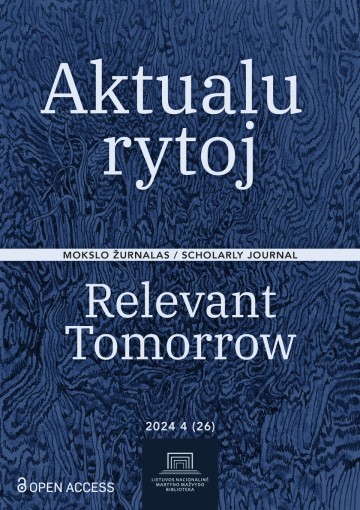Landscape in Baroque and Abstract Art: Interrelations as a Reference to the Metaphysical Realm
DOI:
https://doi.org/10.51740/RT.4.26.3Keywords:
landscape, representation, Baroque art, abstract art, Enlightenment crisis, natural philosophy, Gottfried Wilhelm Leibniz, Franz Anton Maulbertsch, Henrikas ČerapasAbstract
The article examines the relationship between abstraction and the representation of nature and seeks to answer why and how the work of contemporary abstract artists is interpreted as a representation of nature. The paintings of Henrikas Čerapas serve as case study. The article suggests that abstraction should be understood as an expression of a deeper layer of meaning. The juxtaposition of the Late Baroque and abstract art in an unconventional way, allows us to recognize the continuation of the pre-modern tradition of metaphysical thinking about nature in contemporary abstraction. In the pre-modern period, before the genre of landscape painting became popular as primarily an aesthetic representation of nature, the depiction of nature was linked to the metaphysical dimension. This principle is evident in Late Baroque painting, which reflects the influence of Gottfried Wilhelm Leibniz’s philosophy of nature, emphasising the harmony between ‘vertical’ and ‘horizontal’ relationships. The abstract representation of nature as a connection between various elements is also close to twentieth- and twenty-first-century painting—in both Late Baroque and abstract painting, it points to a transcendent layer.










